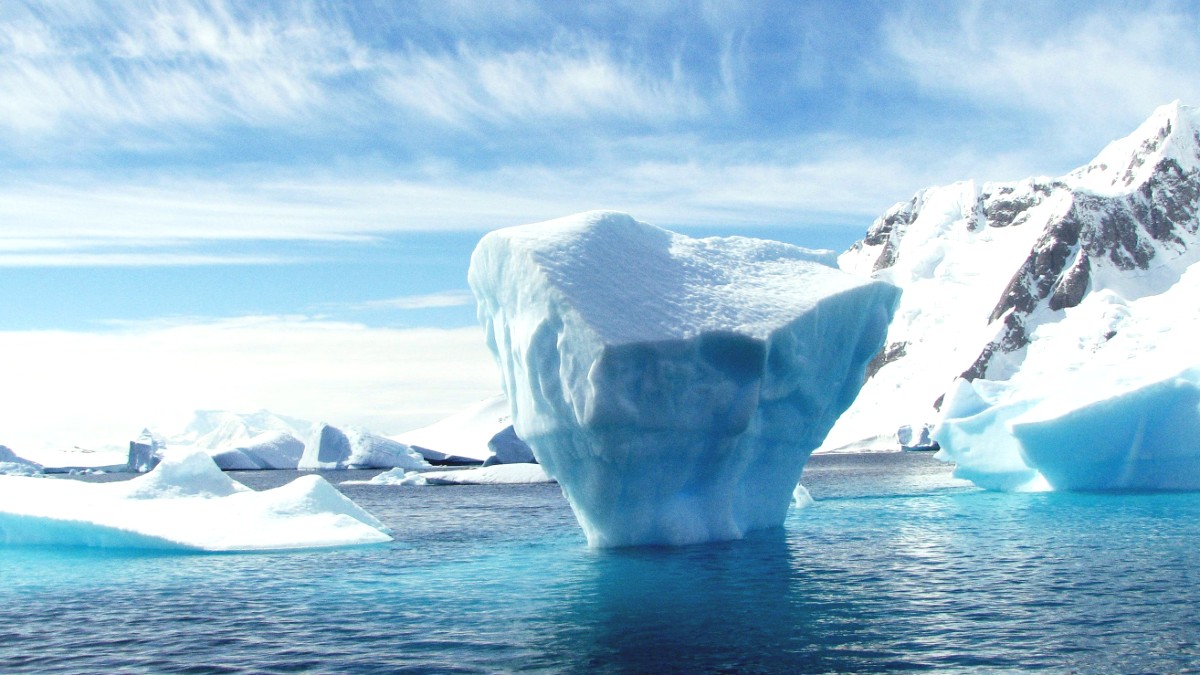
Antarctica's allure lies in its raw, untouched natural beauty. Every day brings a new panorama of ice, water, and wildlife, creating a truly unique sightseeing adventure.
Your expedition ship is your moving base, bringing you directly to the heart of these natural wonders and historical sites. The itinerary adjusts daily to conditions, ensuring optimal viewing and landing experiences.
The expedition leader makes daily decisions about where to go, prioritizing safety and the optimal experience.
Ephemeral sculptures in varied shapes, sizes, and colors, from white to deep blue.
Massive ice chunks breaking off into the water create dramatic, unforgettable sights.
Dramatic, ice-covered peaks along the Antarctic Peninsula coast form stunning backdrops.
Large breeding colonies of penguins (Gentoo, Chinstrap, Adélie) teem with activity in summer.
Humpback, Minke, and Orca whales are commonly seen; albatrosses and petrels glide over the ocean.
The concept of a "hidden gem" in Antarctica often refers to specific, less-visited landing sites or unique natural phenomena witnessed on any given day. No two Antarctic voyages are identical.
Specific landing sites visited depend on the captain's discretion and current conditions. Less visited areas are typically further south along the Peninsula or in East Antarctica/Ross Sea, requiring longer and more specialized voyages.
Experienced expedition leaders may guide the ship to lesser-known bays or coves if conditions permit, presenting a more exclusive experience.
The ever-changing landscape means the perfect, unique shot is always just around the corner.
Every day offers unique photo opportunities. The light changes constantly, creating dramatic scenes with ice, water, and wildlife.
A calm, reflective bay or an uniquely shaped iceberg can feel like a "hidden gem" for your photographic collection.
Observing a rare wildlife interaction in its natural setting can be a profoundly unique experience.
The shifting light and incredible landscapes provide endless opportunities for stunning photographs.
Each day reveals a new vista, with glaciers, icebergs, and mountains presenting fresh perspectives.
Close-up views of penguins, seals, and whales in their natural habitat create unforgettable moments.
The true majesty of Antarctica lies in its natural attractions, which are the main draw for visitors. Every element of the landscape, from the smallest growler to massive tabular icebergs, holds immense beauty.
Preparation is to a rewarding Antarctic journey.
The ship's crew and expedition team are integral to managing daily activities and movements. Their expertise allows for safe and enriching encounters with the continent.
Given the popularity and limited season, booking your expedition far in advance is highly advisable. This often secures your preferred cabin and itinerary.
The ship's itinerary is not fixed and adapts daily to ice and weather conditions. This flexibility maximises opportunities for wildlife encounters and safe landings.
Antarctica is a pristine wilderness with strict environmental protocols. All visitors are guided on responsible practices to preserve its unique ecosystem.
Your expedition ship provides all necessary logistics, including transportation to landing sites via Zodiacs and guidance during shore excursions.
Antarctica is a photographer's dream. The unique light, vast icy landscapes, and abundant, approachable wildlife present unparalleled opportunities to capture stunning images.
Vast panoramas of ice, towering glaciers, and dramatic mountains present endless photographic subjects. Varying light conditions create dynamic scenes.
Penguins, seals, and whales are often close enough for incredible shots. Their natural behaviors make for compelling subjects.
The intricate details of icebergs and the golden hour light create mesmerizing, unique visual opportunities.
For various attraction tickets and guided tours, you may consult platforms that specialize in diverse experiences.
Explore tours on GetYourGuideAll activities on land and sea follow strict international and operator-specific guidelines for safety and environmental protection.
Learn about IAATO regulationsOnboard naturalists and experts provide daily lectures covering wildlife, geology, and the history of Antarctic exploration.
These activities are included in your expedition. You will receive detailed instructions on safe boarding and disembarkation procedures.
Some expeditions present optional activities like kayaking or camping for an additional fee. Book these well in advance.
Antarctica's historical sites are mainly tied to exploration, scientific endeavors, and past industrial activities, offering unique insights into the continent's human story.
The continent's waters and land host diverse wildlife.
Be ready for impromptu sightings of wildlife and dramatic ice formations. Always keep your camera ready.
Attend onboard lectures. They provide valuable context for the sights you will witness ashore and from the ship.
Antarctica is a destination unlike any other. The journey calls for careful preparation and an open mind, as the environment dictates the pace and possibilities of your exploration.
Life on an expedition ship revolves around the polar environment. Expect comprehensive briefings, social dining, and comfortable accommodations as your base.
Antarctic weather is notoriously changeable. Flexibility and a willingness to adapt to changing conditions are important for a pleasant journey.
Most Antarctic expeditions involve a moderate level of physical activity. Guests should be able to walk on uneven terrain and get in and out of Zodiacs.
Consider your fitness level when choosing your expedition and optional activities.
Internet and phone service in Antarctica are limited. Prepare for periods of little to no connectivity, and appreciate the digital detox.
Embrace the opportunity to disconnect and immerse yourself in the environment.
Consult your healthcare professional regarding necessary vaccinations and health considerations for remote travel. A ship's doctor is on board for medical needs.
Discuss any pre-existing medical conditions with your operator prior to travel.
Maintain proper distance from animals and never feed or touch them. Follow all wildlife viewing guidelines.
All waste brought to Antarctica must be carried out. Use designated bins on the ship and leave no litter ashore.
Clean all outdoor gear thoroughly before and after landings to prevent the introduction of foreign species.